The latest release from the IPCC sixth assessment report on impacts, adaptation and vulnerability didn’t hold back on dire warnings. The UN secretary general referred to it as a ‘code red for humanity’.
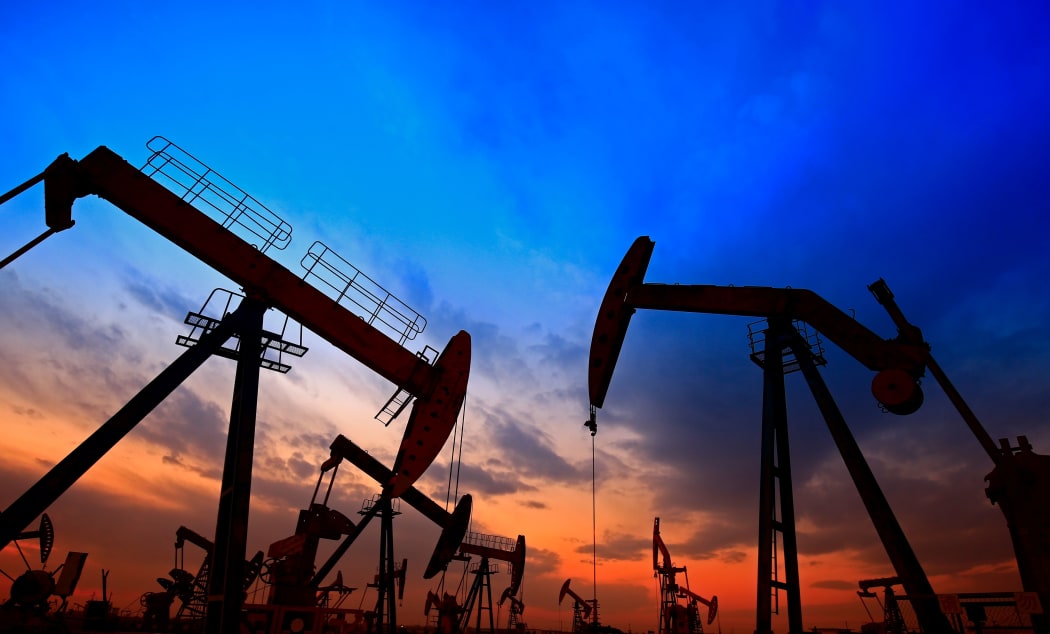
Photo: 123RF
Follow Our Changing World on Apple Podcasts, Spotify, Stitcher, iHeartRADIO, Google Podcasts, RadioPublic or wherever you listen to your podcasts.
We know that we can’t continue to produce energy by burning fossils fuels. We must reduce energy demand and use alternative energy sources.
We don’t have all the answers yet, but researchers at Te Herenga Waka - Victoria University of Wellington are working on some solutions for this energy problem.
Keeping the lights on - sustainable energy systems
A reliable electricity supply underpins our modern life. Most of us get the power we need from the national electricity grid, oblivious to the work that the power companies and Transpower do to balance the competing requirements of supply and demand – when power is produced versus when we want to use it.
But there is a growing interest in a range of renewable energy systems, with electricity produced locally by various solar, micro-hydro, wave and biomass systems, and stored locally for later use. Coming up with the best ways of using these micro power grids is what interests Professor Alan Brent.
Alan heads Victoria University of Wellington’s Sustainable Energy Centre, and along with postdoctoral researcher Dr. Soheil Mohseni, Alan spends a lot of time thinking about the way electricity generation might look and work in the future.
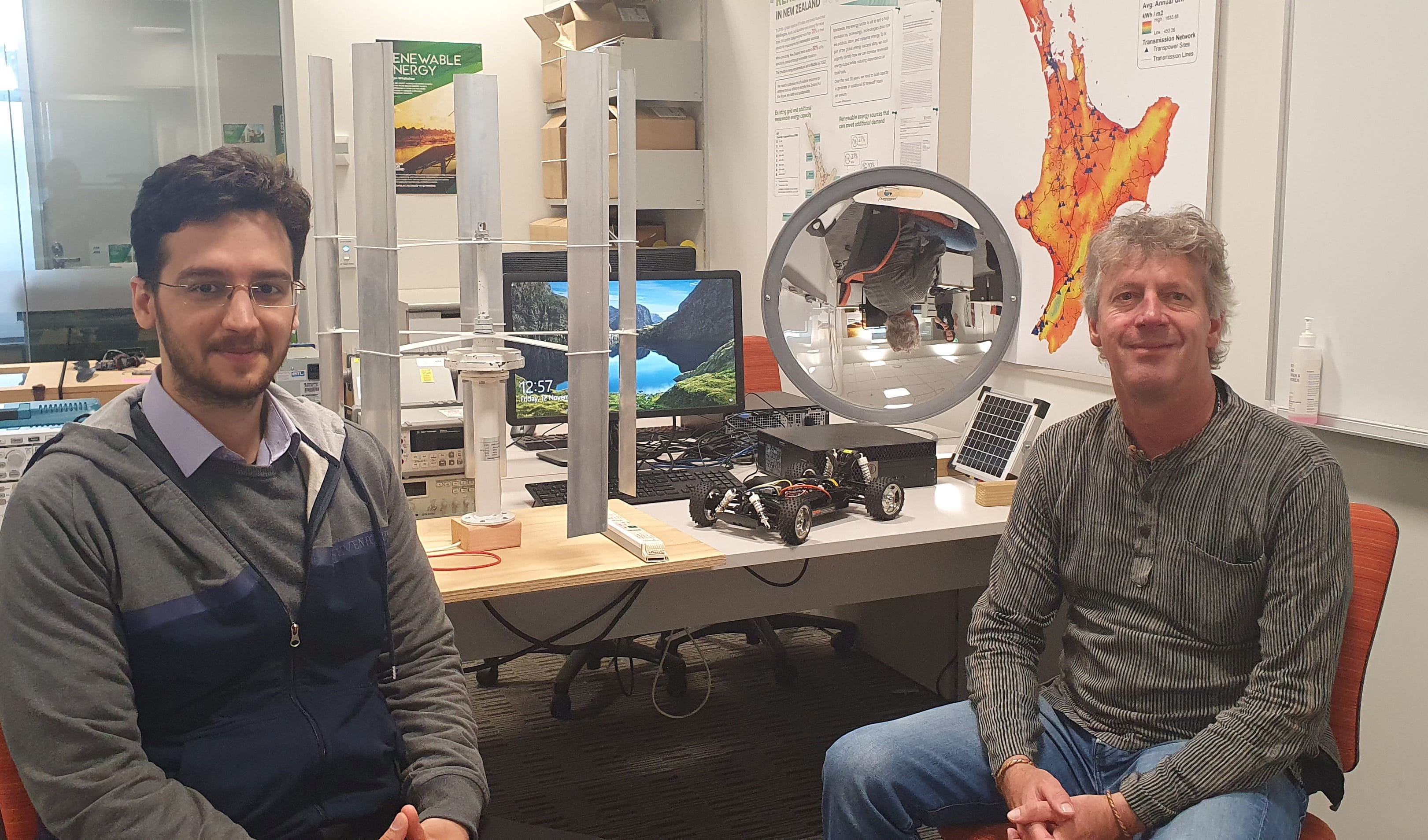
Soheil Mohseni and Alan Brent work with sustainable energy systems. Photo: Alison Ballance
Using AI to optimise energy systems
Soheil is developing an artificial intelligence system or AI that he hopes will help small communities work out the best energy system to meet their particular requirements. Soheil’s work recognises that each small rural community running its own micro power grid is unique, so there is no one size fits all solution. To account for this Soheil uses optimisation algorithms, in which the computer program repeatedly analyses different scenarios until it identifies the best solution.
Soheil has tested out his optimisation AI using data from several real-life communities. For example, what a renewable energy system might look like for Rakiura / Stewart Island. The Rakiura community faces a very specific kind of challenge – the 400 residents, and the mostly summer visitors, currently rely on electricity produced by diesel generators. The remote island is reached using plane or ferry, both of which also rely on fossil fuels. Soheil’s desktop optimisation suggests that wind power might be a good energy option for Rakiura residents, while hydrogen could be a good future fuel for the ferry.
So far Soheil’s research hasn’t been put into practise, but certainly in the case of Rakiura he and Alan believe it would be quite straight-forward to create a power system that is 100 percent renewable.
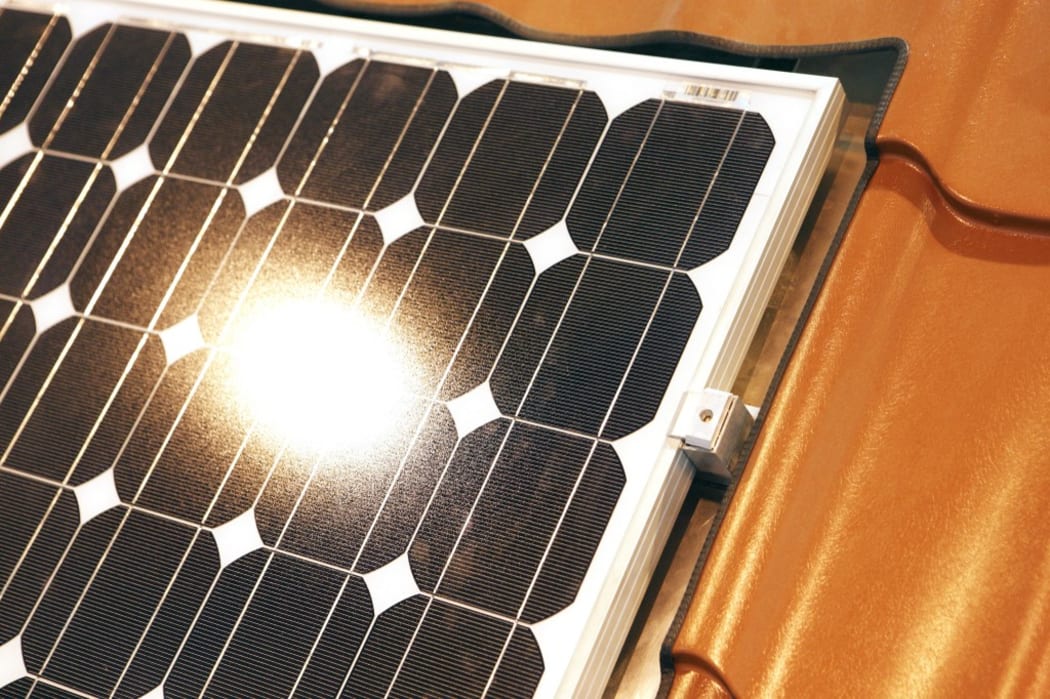
Photo: Photononstop
Energy breakthroughs
Industry and manufacturing represent the biggest slice of the global greenhouse gas emissions pie. That’s why the Breakthrough Energy Fellows Programme supports innovations aimed at reducing the emissions of the ‘hard industries’ – the making of steel, cement and fertiliser.
Founded by Bill Gates, Breakthrough Energy looks to support the development and adoption of new clean technologies that can help the world achieve net-zero emissions by 2050.
Dr Franck Natali, Associate Professor in Physics at Te Herenga Waka—Victoria University of Wellington has been given one of the inaugural fellowships so that he and his team can develop his work to reduce the energy cost of ammonia production.
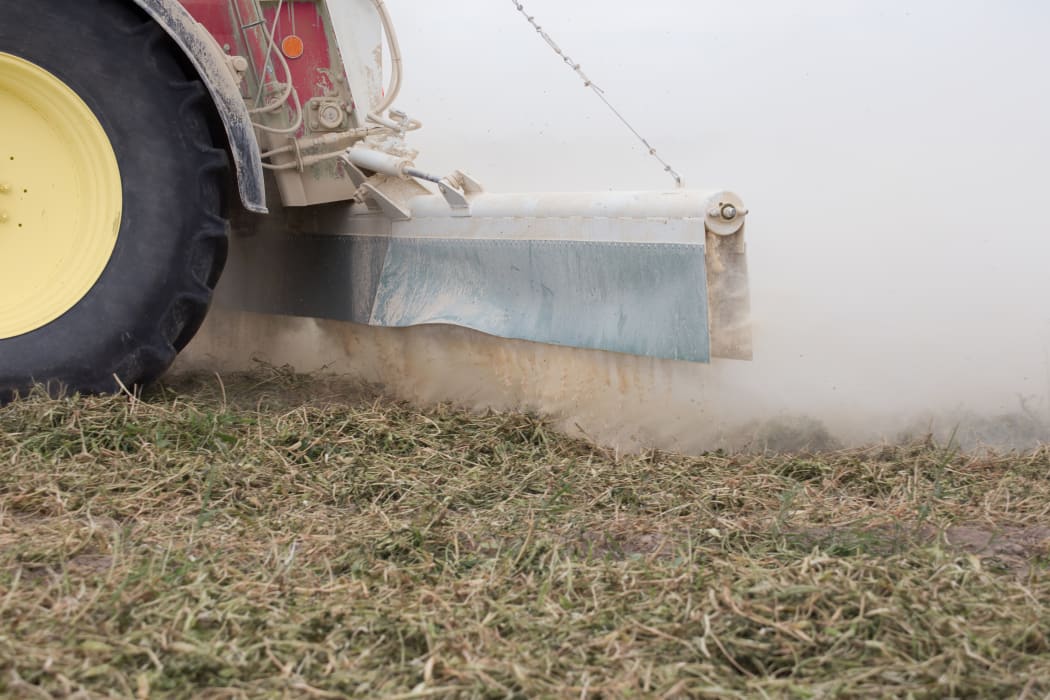
Photo: 123RF
Ammonia is a gas (NH3) which is a vital component in making nitrogen fertilisers. However, its production is incredibly carbon intensive. It can only be formed under conditions of high temperature and pressure, which means a lot of energy. Plus, the hydrogen component is currently typically sourced from natural gas, in a process that releases carbon dioxide.
Franck and his team have used materials science to develop a catalyst that can achieve this reaction at ‘milder’ conditions – instead of needing 500oC, they can produce ammonia at 100oC. They have been able to do this at the gram scale in the lab, now they need to work on upscaling it to make sure it can be commercially viable and attractive for ammonia production plants to want to switch to.
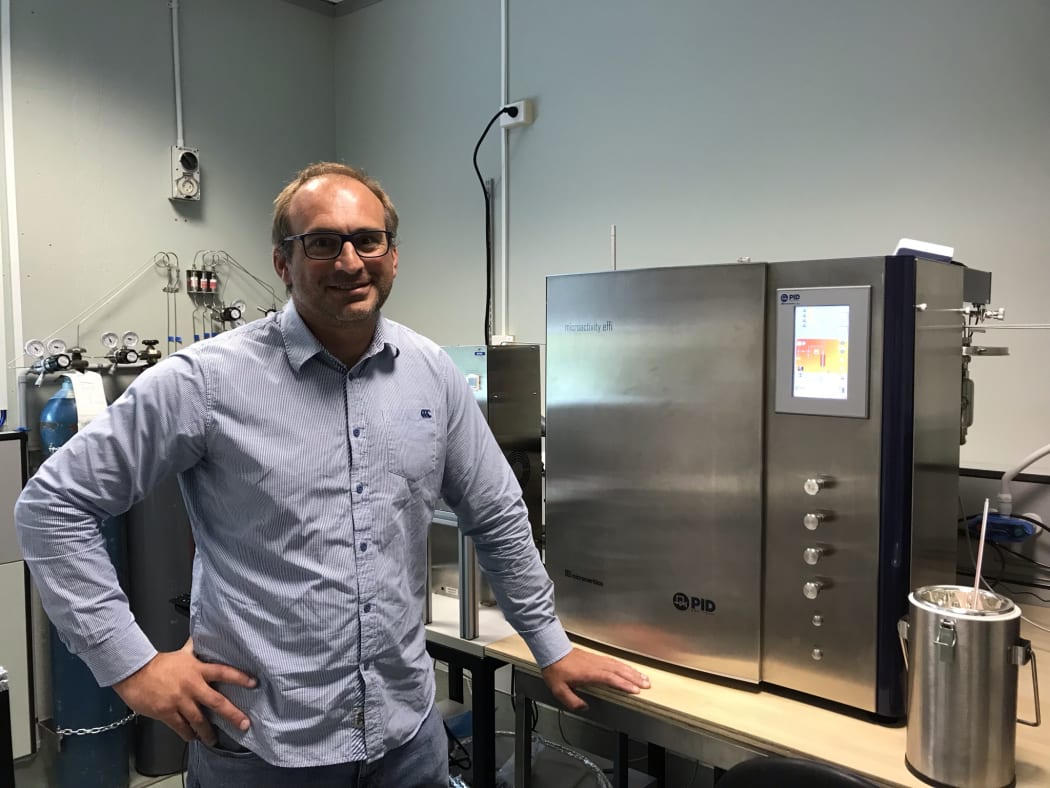
Dr. Franck Natali beside the ammonia reactor. Photo: RNZ / Claire Concannon
Franck’s research development has been supported by Wellington UniVentures and the MacDiarmid Institute. Find out more about Franck’s ammonia work with Liquium.
To learn more:
- Listen to this episode about Green chemistry
- Read the latest IPCC report summary
- Investigate individual actions to reduce energy use and greenhouse emissions. There are many websites to help you with ideas on how to do this. For example: Genless.



